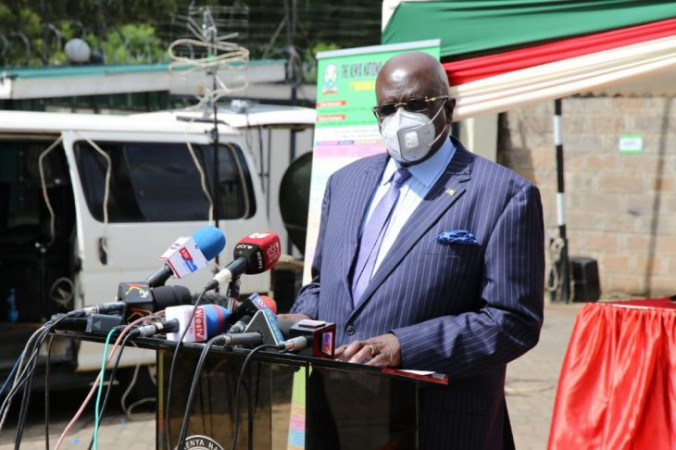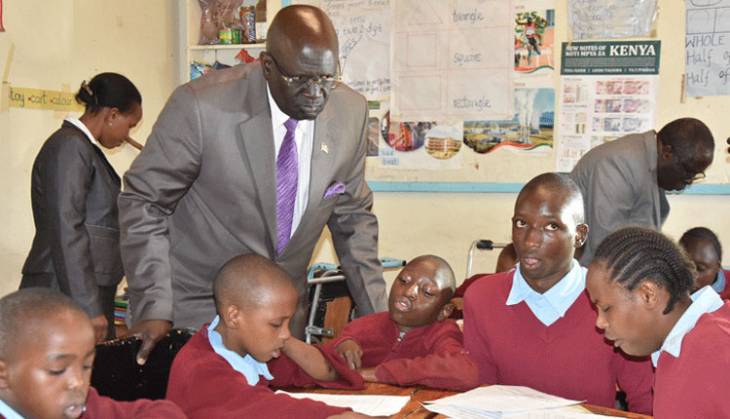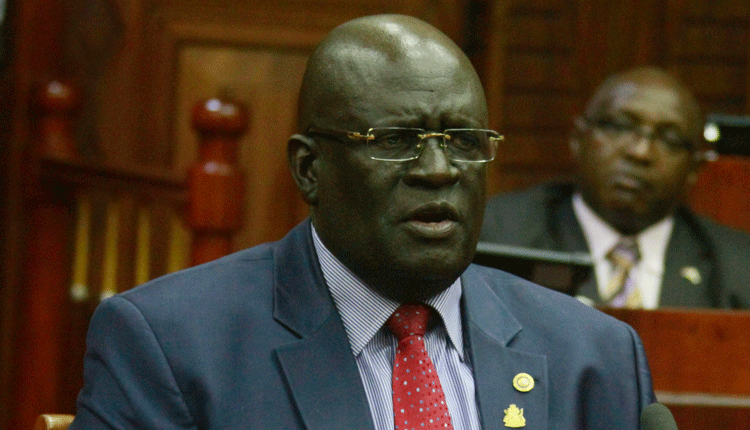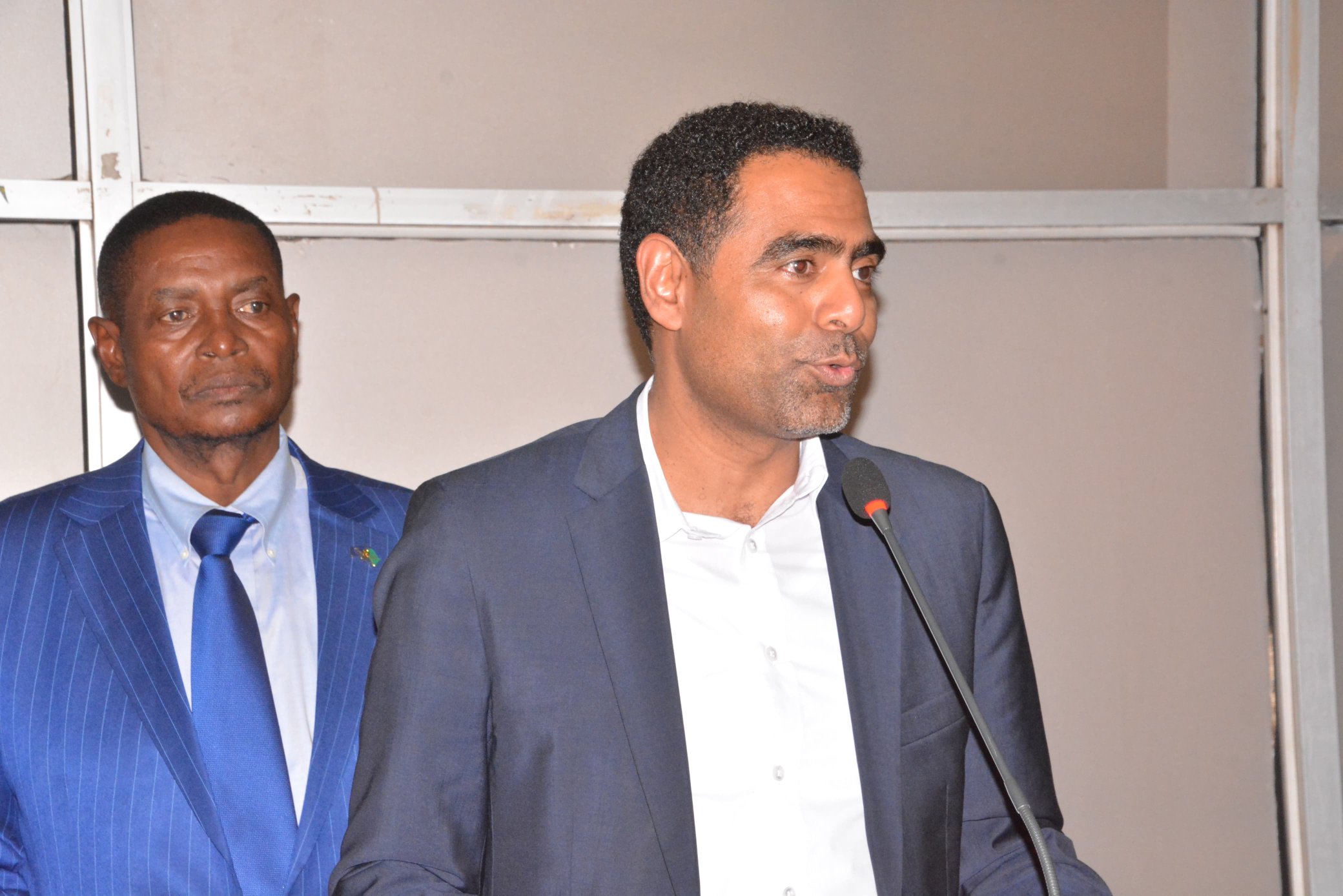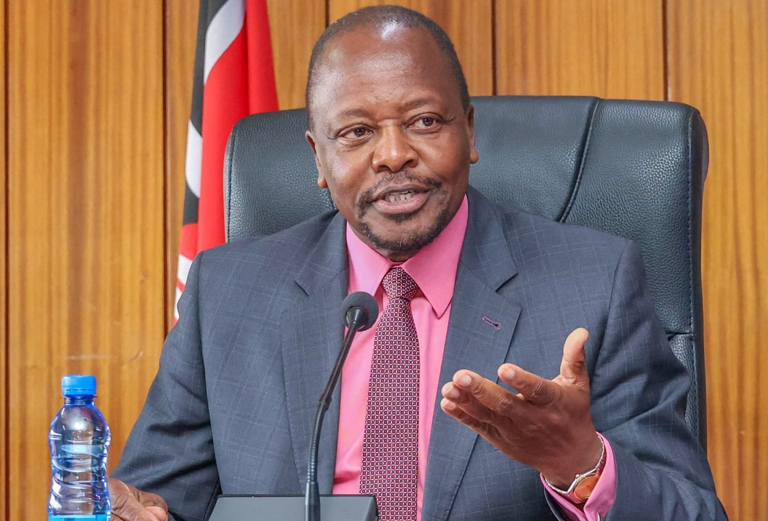Headache as 100pc transition policy fills classes to the brim

Public secondary schools across the country have been forced to resort to unorthodox methods to cope with increased student enrolment occasioned by the government’s 100 per cent transition policy.
Almost all schools are grappling with the challenge of inadequate infrastructure and facilities, forcing them to come up with creative strategies to accommodate all the learners, People Daily has learned.
This, stakeholders warned, will compromise the quality of education.
In most schools, the principals have turned corridors and halls into dormitories as the existing facilities are spread too thin.
In extreme cases, schools have been forced to erect tents to accommodate the extra number of students while in others, students are forced to sleep in classrooms.
Yesterday, the Kenya Union of Post-Primary Education Teachers (Kuppet) secretary general Akello Misori admitted that the transition policy had occasioned various challenges, especially students congestion, teacher shortage and uncoordinated policy on issues such as school uniform.
Population explosion
He cited schools such as Kisii High, Mang’u High, Kenya High, Moi Girls, Nairobi School, Bishop Gatimu Ngand’u Girls, Pangani Girls High, Friends School Kamusinga as among those whose principals have been forced to introduce additional streams as student population explodes.
“Take, for example, a school like Kisii High designed to accommodate a total population of 800 students and is now having about 1, 300.
This year alone, they have admitted 630 students in Form One, therefore, forcing the management to have nine streams of 70 students each,” said Misori.
Maranda School, the unionist said, is grappling with a population of 2,441 students, which he says, is too high for the institution.
“Although we support the government’s decision to accommodate every candidate who clears primary school, we are afraid the policy is also compromising the quality of education,” said Misori.
Completely overwhelmed
Kenya Secondary School Heads Association chairman Kahi Indimuli asked the government to urgently address the crisis. He also challenged Kenyans to embrace day schools to avert overcrowding in boarding schools.
“At the moment, we have one cadre of schools comprising national, county and extra schools completely overwhelmed because of the belief by most parents that quality education is only available in boarding schools. We need to change this perception,” he said.
Kahi said the government should consider expanding school infrastructure to accommodate the increased student population.
At Emenwa Mixed Secondary School in Kisii county, principal Ibrahim Gekonde said he has been forced to turn corridors into classes as well as erect tents to accommodate the 914 students.
He said the government has provided funds to build more facilities but the Education ministry was yet to release the same.
And at Bishop Ng’andu Girls in Nyeri, parents have been asked to chip in and raise cash for the construction of more dormitories.
“This year, the school admitted 400 Form One students, up from 300 last year. The additional 100 are currently a classroom as their dormitory,” said a teacher who declined to be named for fear of reprisal.
The situation is no different at Moi Girls School, Nairobi Precious Blood, Kilungu, Maseno School, Kapsabet Boys, Nakuru High, Butula Boys, Kamusinga, Mary Hill, St Mary’s Yalla, and Bahati Girls, among others.
Tudor Day Secondary School deputy headteacher Neville Onyimbo said the delayed release of capitation money will hurt learning.
And last Friday, Kisii Boys principal, Maurice Ogutu said with 2,170 students, the school requires more classrooms, laboratories and dormitories. Alumni of the school formed an association—Kisii High School Old Boys Association—which will help support projects at the institution.
